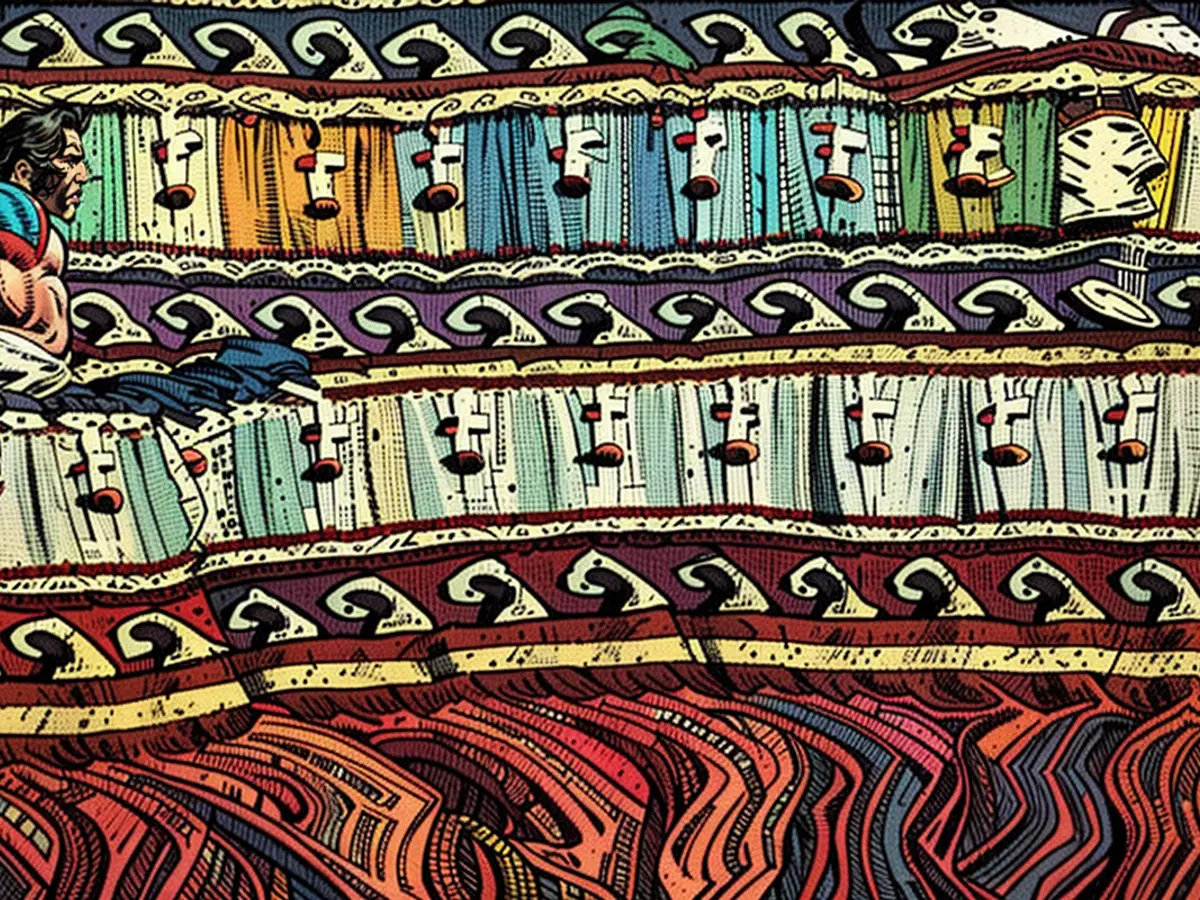- Thwarting Unlawful Sale of a Peru's Cultural Artifact at Auction
An ancient textile artifact from ancient Peru has been rescued by German authorities from an impending illegal online sale and is being returned to its native land. The Ministry of Culture and investigative bodies in Hesse, alongside the Federal Foreign Office, intercepted the well-preserved textile artifact crafted from cotton and llama wool at the behest of Peruvian cultural officials. This was announced by the Ministry of Culture in Wiesbaden, which then handed over the artifact to the Peruvian embassy in Berlin.
Hesse's Minister of Culture and the Arts, Timon Gremmels (SPD), said: "Germany has pledged through the UNESCO Convention of 1970 to safeguard the world's cultural heritage from damage, displacement, and illegal trade." Gremmels noted that the textile artifact does not belong in private hands but rather in its Peruvian homeland "where it can showcase centuries-old craftsmanship and contribute to cultural identity." The Minister didn't disclose details about the planned illegal online auction. Peruvian cultural officials routinely monitor foreign auction sites.
Feathered Creatures, Feline Figures, and Human Shapes with Geometric Features
According to the Hessian Ministry of Culture, the Chancay culture, native to the central coast of Peru between 1000 and 1470 AD, was known for its remarkable textile artistry. The weavers of this culture utilized techniques such as gauze, lace, tapestry, netting, and brocade. They frequently depicted feathered creatures, feline figures, and human forms in geometrically abstracted forms, like depicting human bodies as triangular or trapezoidal stepped figures, the ministry explained.
The iconography of the retrieved cultural treasure displays typical geometric wave patterns and human figures in vivid yellow and red hues. "Owing to the unique climatic conditions, these artworks made of organic materials often remain nearly intact in the sandy desert graves of the Chancay region. As a result, they play a significant role in scientific research, cultural identity reconstruction in Peru," it was further stated.
The textile artifact is an example of the Chancay culture's unique artistic style, which often includes depictions of feathered creatures, feline figures, and human shapes in geometric forms. This cultural treasure, valued for its historical and artistic significance, should not be owned privately but should be returned to its home in Peru where it can contribute to the nation's cultural identity and aid in scientific research. Other notable works from this culture can also be found with similar geometric wave patterns and vibrant colors.








